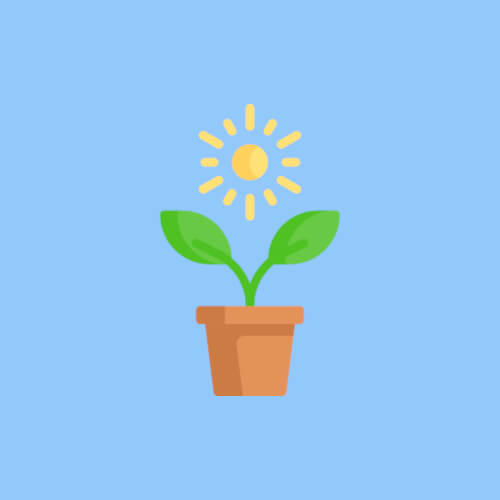


Photosynthesis is the process that almost all plants as well as some bacteria and algae use to make food for themselves. Photosynthetic organisms use special parts of their cells called chloroplasts to capture the energy of sunlight and use it to convert water (H2O) and carbon dioxide (CO2) into sugars such as glucose, fructose, and sucrose (the sugar we buy in the store).
During photosynthesis, water molecules (H2O) are split apart into oxygen gas (O2) and electrically charged hydrogen atoms, or hydrogen ions (H+). The oxygen is released into the atmosphere, while the hydrogen ions are used to help make two chemicals called ATP and NADPH. Plants then use these chemicals to convert carbon dioxide into sugars, which they store and use for food.
Photosynthesis plays the most important role in keeping greenhouse gases under control. Through photosynthesis, plants, algae, and certain other microscopic organisms remove carbon dioxide (CO2) from the atmosphere and store it in their tissues and sugars. This helps to lessen the impact of human activities that increase carbon dioxide in the atmosphere, such as the burning of fossil fuels.
Also known as Indian Pipe, or Monotropa uniflora, this plant is one of the few plants that doesn't have chloroplasts. Instead of using photosynthesis to make its food, it gets its energy from a fungus that grows on certain trees.
Because it doesn't rely directly on photosynthesis, it can grow in areas with little or no sunlight, something all other plants needs to survive. It also appears a ghostly white color, since chlorophyll is what makes plants green.
Plants owe their green color to the large amount of the special chemical, chlorophyll, present in their cells. Chlorophyll is what makes photosynthesis possible, by absorbing the energy from sunlight, and turning it into an energy source plants can use more directly.
But why is chlorophyll green? It turns out it's because it doesn't absorb green light. Instead, the green light is reflected back to our eyes, making the plants themselves appear that color.